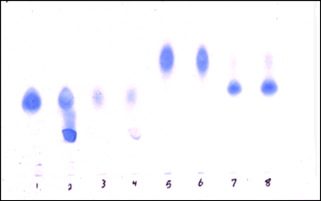Abstract
One of the most common #oncological diseases in men is prostate cancer
(PC). According to the frequency of occurrence among the causes of
cancer death in men, it ranks second to #bronchogenic lung carcinoma [1].
During the last 30 years, the incidence of prostate cancer increased
significantly worldwide. Moreover, a change of the existing paradigm
takes place at the present moment, according to which prostate cancer is
highly androgen-dependent disease [2]. 42 patients with morphologically confirmed diagnosis of prostate cancer
were examined in the urology departments of Krasnoyarsk hospitals. Age
of the patients - 46-91 years (middle age 69,3 ± 2,6). #Standard anthropometry was made for all of them in 27 parameters [3-5] with the
calculation of #osteometric indices of Rees-Eysenck [3-4] and Tanner
according to the known formulas [3,4,6]. Anthropometric data taken from
the healthy men of the same age were used as a comparison group [5].
Statistical data management was made using the Student's test and x2.
Differences were considered significant by criteria t (Student's test)
and x2 at p <0.05 [7,8]. Determination of #patient somatotype by Rees-Eysenck index showed that
men of pyknic type suffering from PC made up 41.5%, normosthenic type
-39%, asthenic type - 19.5%. When comparing the frequency of patient
somatotypes and men of the population there is a significant difference.
These comparisons are shown on (Figure 1). By distributing the patients
into the somatotypes by index of Tanner - the index of sexual
dimorphism - it was found out that gynaecomorphic males amount 65.6%,
mesomorphic ones - 31.8% and andromorphic group made up 2.6%. Compared
with the population norms - a striking contrast. Among the patients #gynaecomorphic males prevail and andromorphic males are virtually absent
(Figure 2).
For more articles on BJSTR Journal please click on https://biomedres.us/
For more Neuro Imaging Articles on BJSTR
Peculiarities of #SexualDimorphism in Patients with Cancer of Prostate by S Nikolay Yu Klimov in BJSTR



No comments:
Post a Comment
Note: Only a member of this blog may post a comment.